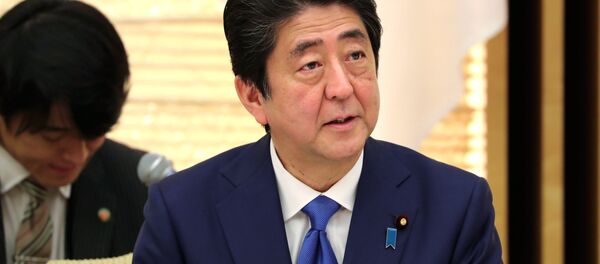Except that it was chosen by the Shinzo Abe Cabinet from a poem in the Japanese literary classic Manyoshu, which was compiled sometime after 759.
That the naming process has been reported as breaking the 1,300-year tradition of choosing characters from ancient Chinese literary classics has prompted alarmist calls for "vigilance" against what some see as Abe's "de-Sinicizing" of Japanese culture. Yet, as some scholars in this country have pointed out, the two characters appear in almost identical sentences in a piece by Chinese writer Zhang Heng, almost 700 years before the Japanese poem the characters are taken from.
If it was indeed intended as a de-Sinicizing move, then that goal is far from being realized, as Japan would have to find a way to banish Chinese characters altogether to accomplish it. After all, despite their "Japanese" origin, the two characters are still Chinese, not only in form, but in connotations.
The truth is, the Chinese and Japanese cultures have become so profoundly interwoven with each other through the course of history that it is nearly meaningless, if not impossible, to draw a clear line between them in every area.
There may be various considerations behind such a name. But what matters in the two countries' relations always boils down to what they actually do.
It would be wrong to read too much into the break with tradition in the naming of the new era and view it as a change of approach by the Abe administration.
Although finding a name for the coming imperial era from his own country's historical literature is very much in line with Abe's feelings about China, he is not going to throw that consensus away now.
Indeed, the characters chosen for the new imperial era imply auspicious harmony, and that is certainly something worth giving attention to.
This article was originally published in China Daily.




